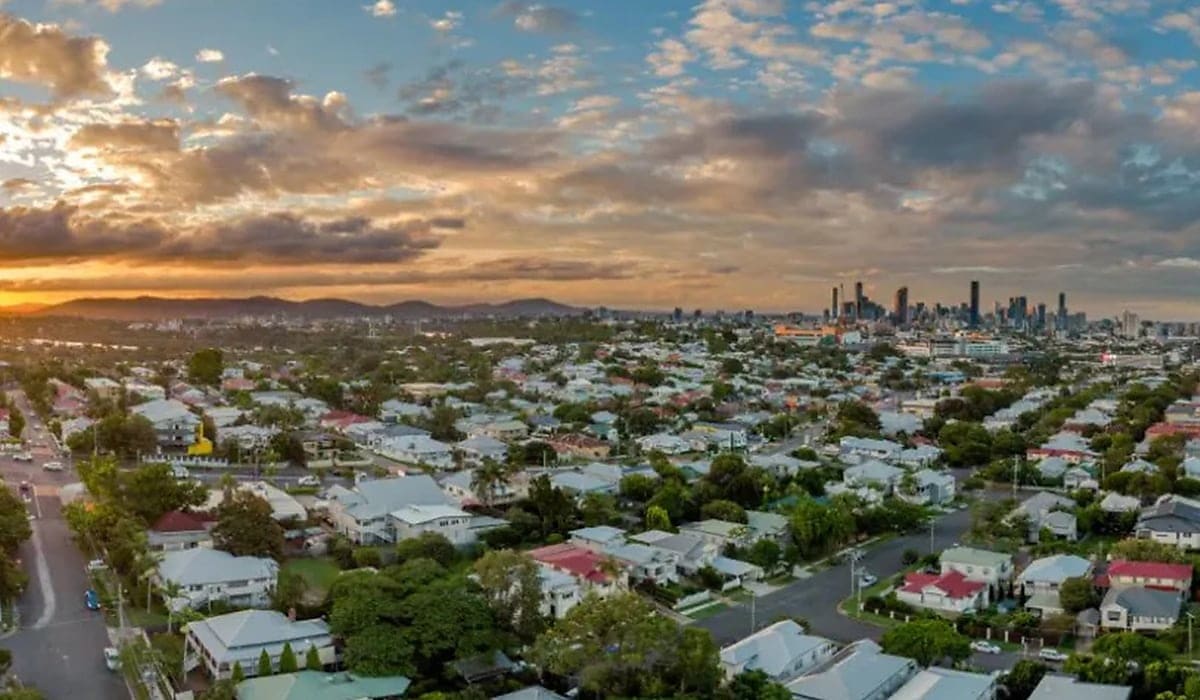CPI drop signals inflation relief amid rising housing expenses
The drop in consumer price index (CPI) was welcomed by the property and housing industry, even as key players warned that rising housing costs will continue to add to inflationary pressure.

Recent data from the Australian Bureau of Statistics (ABS) has revealed that the CPI climbed 3.5 per cent in the year up to July 2024, decreasing from the 3.8 per cent rise in the 12 months leading up to June 2024, and 4 per cent in the 12 months to May 2024.
Speaking on these findings, president of the Real Estate Institute of Australia (REIA) Leanne Pilkington noted that the month’s figures registered as the “lowest” outcome since June 2022.
“The important analytical series of annual trimmed mean also confirmed the downward trend. It went up by 3.8 per cent in July, which was down from 4.1 per cent in June and 4.4 per cent in May,” she added.
Citing that the federal and state governments’ cost of living measures are set to “take effect in the remaining months of the year”, Pilkington said it will be reasonable to expect the headline inflation numbers to continue the downward trend for the remainder of the year.
“Despite the ‘forward guidance’ of the governor of the RBA suggesting that interest rate cuts are not likely this year, the current trajectory of the CPI gives hope for borrowers that a cut cannot be far away,” said Pilkington.
With the ABS data also showing that inflation slowed by 0.3 per cent in July 2024 – the lowest inflation rate since March of 2024 – Master Builders Australia CEO Denita Wawn noted that “housing costs continue to put upward pressure on the inflation rate”.
“Over the year to July, rents rose by another 6.9 per cent. This is 15.9 per cent higher than pre-pandemic,” said Wawn.
In relaying her stance that “increasing the supply of new homes, including rental accommodation, is crucial”, the CEO stated that “the cost of buying a new home is 5 per cent higher than it was 12 months ago, with purchase costs for newly built homes rising 39.7 per cent since before the pandemic”.
“A number of barriers continue to hamstring the industry’s ability to speed up the delivery of new homes including high building costs, labour shortages, CFMEU disruption and pattern EBAs, and planning delays,” she said.
The industry body further highlighted ABS construction activity data for the June 2024 quarter, which showcased that “in seasonally adjusted terms, there was a marginal increase of 0.1 per cent in the total volume of construction work done”.
Master Builders chief economist Shane Garrett explained this result was driven by a “modest uplift of 0.5 per cent in civil and engineering construction activity, while non-residential building activity declined by 0.5 per cent”.
In detailing that “over the past year, construction activity expanded by 1.2 per cent”, Garrett said “the civil and engineering sector has done the heavy lifting with growth of 4.8 per cent which is a key area for maintaining economic growth”.
Nonetheless, the chief economist cautioned that “residential building activity is down 2.9 per cent over the past year”, and warned that this trajectory is “the opposite of where we should be heading”.
